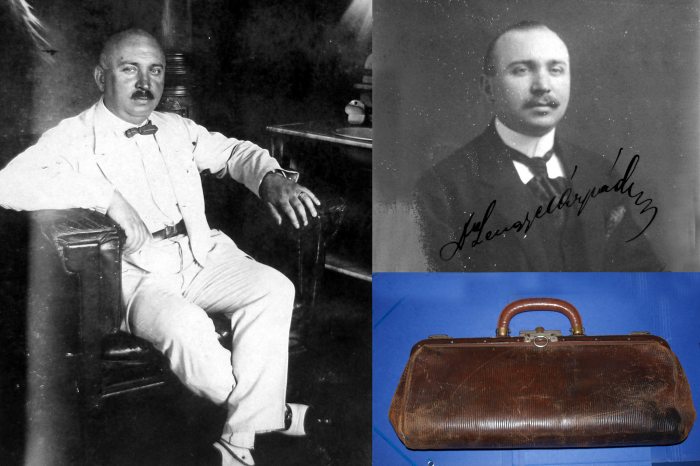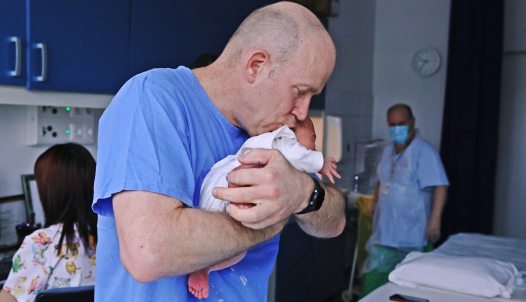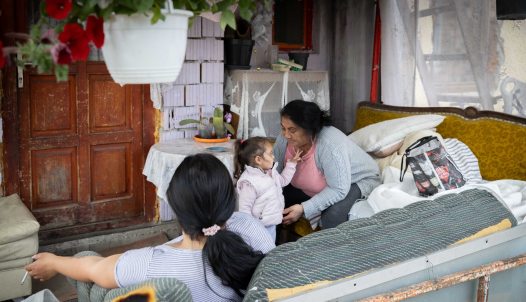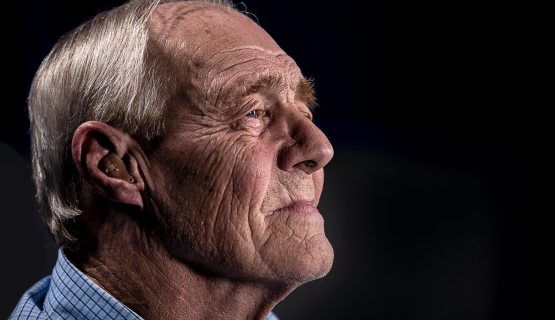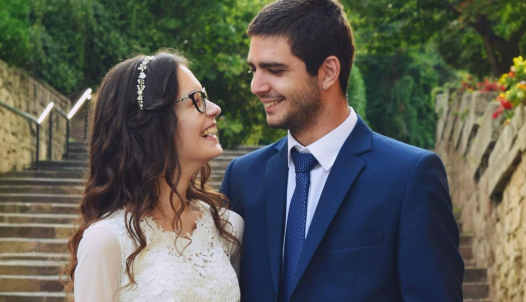Hungarian ship’s doctor of the Carpathia, saviour of survivors of the Titanic – Dr. Árpád Lengyel
I’ve watched the romantic disaster movie Titanic, winner of 11 Oscars, a thousand times. Even if you were never such a massive fan of the film as I am, I’m sure you recall the iconic scene where the lead actress is lying on a piece of wreckage while her lover clings on in the ice-cold water. At the culmination of the tear-jerking scene the girl releases the boy’s frozen hand and he sinks beneath the waves. As a young girl, I always wondered whether they could have both survived the disaster had they managed to fit on that wooden door together. Contrary to the film, it is historical fact that 705 people survived the shipwreck of the Titanic, partly due to the ministrations of a Hungarian doctor. Even though this doctor has been buried alongside other eminent figures in Fiumei Road Cemetery, Budapest, few know who exactly Dr. Árpád Lengyel was.
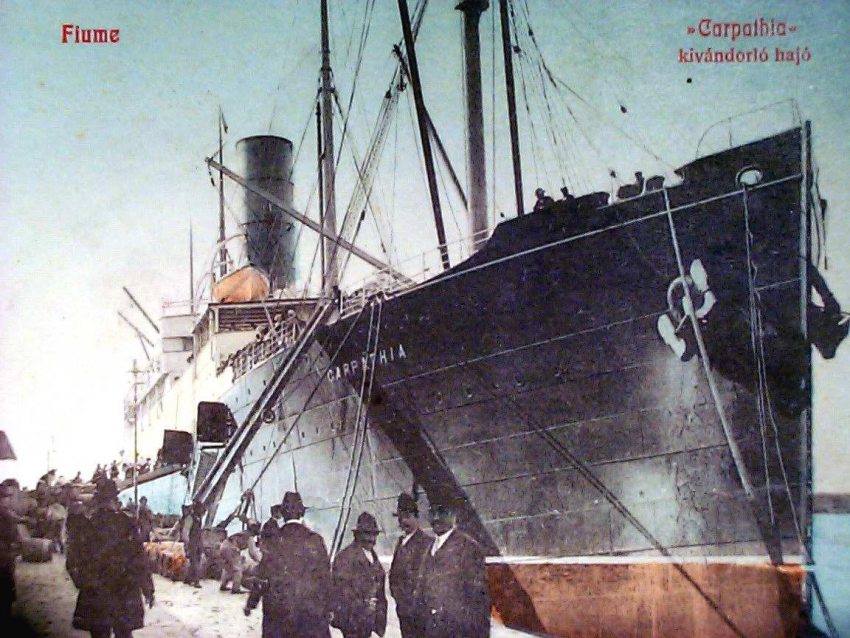
I asked his granddaughter to tell me about the heroic ship’s doctor and the Hungarian connection to the Titanic. Márta Völgyi has done much to teach others about her grandfather. She was just 16 when she discovered the whole story. A journalist from Esti Hírlap took up an investigation and approached her mother, asking her to speak about her father. That is when she pulled out a large bag from the depths of the cupboard, the existence of which Márta had no idea. In it were personal items of her grandfather including some that were actually used by Dr. Árpád Lengyel during the rescue. After the death of her mother, the inheritance passed to Márta and she decided that the fate of these treasures lay in her hands. The teacher of French and Hungarian has held countless presentations about her grandfather at schools. A small display comprising objects once owned by Árpád Lengyel opened within the Titanic exhibition at Millenáris in the capital. She has also written a book about his life titled In the Shadow of the Titanic, subtitle: The life of a Hungarian doctor. The hope is to have this work published in English at some time in the future. We learned more about the career of Dr. Árpád Lengyel from his grandchild.
“Unfortunately, I only know him from what my mother told me as well as from a few letters written to him by patients or those he rescued. I came across his articles on various medical interventions in the Library of the Medical History Museum. I also heard a few things from neighbours who remembered him. My grandfather was a first generation intellectual, born into a family of traders in Pilismarót in 1886. While still a medical student he applied to the Budapest Volunteer Ambulance Unit (BÖME). In 1911 he was awarded a medical degree and in November he was appointed as an officer serving on board the Carpathia, a passenger and commercial steamship. It plied the route between Rijeka (Fiume) and New York.
“It was while on this route that they came across the Titanic, or more precisely they did not see the ship because by the time they arrived at the scene it had sunk.
“It was half past midnight on the 15 April 1912 when the SOS distress signal was sent out saying that the Titanic was sinking. The captain of the Carpathia didn’t think twice about what danger this could represent to his ship. He immediately ordered the ship to be turned around and they set off at full steam towards the Titanic. It took enormous spirit and courage to do this. Amidst the great tragedy they were still able to take onboard 705 people from lifeboats. It took three and a half days to sail to New York and everyone who had been picked up lived. The other great piece of luck is that notes written by my grandfather about the whole story survived. For instance, there is a letter he wrote to his brother in Hungary, and this has survived in its entirety.”
There is a saying that ‘whoever saves one life saves the world entire’. What do we know about the circumstances at the time? How did this catastrophe impact your grandfather and how did he continue his career?
“There were three ship’s doctors serving on the Carpathia, an Irishman, an Italian and my grandfather. Of the three of them, only he had practical paramedic experience. The captain ordered him to stand in the between decks doorway and it was his job to decide in seconds who would receive what kind of care. As such, he had to decide on the fate of 705 people. The survivors were in an extremely exhausted state from the cold. Fractures were also diagnosed in 42 cases. Cabins were hastily turned into surgeries. Sheets were ripped up to make bandages. Perhaps the worst situation that had to be dealt with was the fact that all 705 people were in deep shock.
“The majority of survivors were women since the only men permitted to enter the lifeboats were sailors engaged in rowing. Of eight couples on their honeymoon only the wives escaped.
“When they arrived in New York, they were met with a huge ovation. The next day, the New York Times published a full-page interview with my grandfather and they were celebrated as heroes. The Titanic catastrophe had a massive, lifelong impact on my grandfather. He handed in his resignation and never again boarded a ship. He returned to his original occupation and worked as a specialist physician in a clinic. Later on he was a school doctor, he taught, he was a teacher of health sciences and held courses at the Hungarian Red Cross. On the outbreak of war, he enlisted as an army surgeon.”
What essential changes in shipping did the Titanic disaster bring about?
“My grandfather wrote several specialist articles on the subject of lifesaving at sea. As a consequence of his papers, two important findings were introduced into marine regulations. One was that every passenger ship was required to carry as many lifeboats as would be needed to hold the entire crew and all passengers in the event of an accident. Unfortunately, in the interest of ensuring maximum luxury there were fewer lifeboats than needed on the Titanic. The other was that every ship had to have two telegraph officers. This was very important because there were two ships that could have helped as they were closer to the Titanic than the Carpathia. One of the ships did not notice the Titanic’s mayday because the telegraph operator had finished his shift and was asleep. The crew of the other ship, observing the flashing lights on the Titanic, thought that fireworks were being set off for the pleasure of first class passengers. Today we know that they were in fact distress flares. That more people were not saved was due to these shortcomings and misjudgements.”
The life of Árpád Lengyel was overshadowed by two major tragedies. The Titanic disaster and that he was unable to save his own young son.
“His son was just seven years old when he fell victim to the then lethal contagious disease diphtheria.
“Unfortunately, for very many years my mother had no idea she had had a brother. Later on my grandfather never spoke about what he had experienced on the Carpathia, and the death of the young boy was another thing that the couple tried to bury deep within themselves. He threw himself into work, I reckon because this was his way of not pondering on these two great tragedies. He was employed as works doctor at Beszkárt, predecessor of BKV public transport company, in the clinic on what was then Mária Square. He also had a private practice and in the last three years of his life he was senior physician of laryngology at the Kapás Street Clinic. He lived to the age of just 54, dying in his sleep from a heart attack.”
His life story is far from an everyday one. How was your grandfather recognized?
“He received several prestigious awards. Sadly, his military decorations have been lost. He was presented with the silver medal of the Liverpool Shipwreck and Humane Society and the certificate of gratitude issued in his name is displayed on the wall of the sitting room to this day. We still have the gold medal awarded to the officers of the Carpathia in gratitude by survivors of the disaster. Two years ago, the Hungarian Ambulance and Emergency Services Association established the Lengyel Árpád Prize. It was due to be presented this April in its third year but the ceremony was cancelled due to the pandemic.
“Plaques have been placed on the walls of his final home, at Rákóczi Road, and at his surgery in the main square of Pilismarót. A third plaque would have been installed on the wall of the Kapás Street clinic but unfortunately this ceremony was cancelled, again because of the pandemic. Not one single street or square in Hungary bears the name of the heroic ship’s doctor. It is my hope that one day I will be able to enter into my GPS: destination – Dr. Lengyel Árpád Street.
